
By David Iannelli, Kelly Piotti
By providing safety eyewear specially designed to perform in cold temperatures, wind, bright light, and glare, you can significantly decrease the chance of eye injuries.
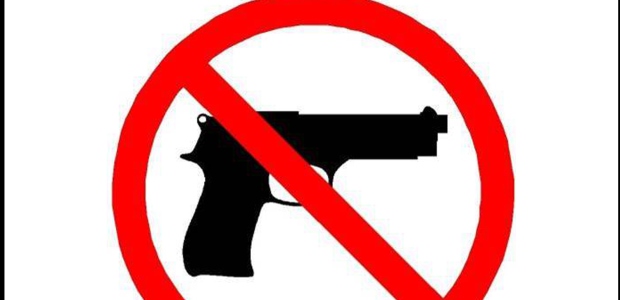
By Jerry Laws
The sign indicating that carrying firearms is prohibited must be displayed at the entrance of “statutorily prohibited areas,” including schools, hospitals, and sports stadiums.

By David Mowbray
Proactive injury prevention solutions bring positive bottom-line results.
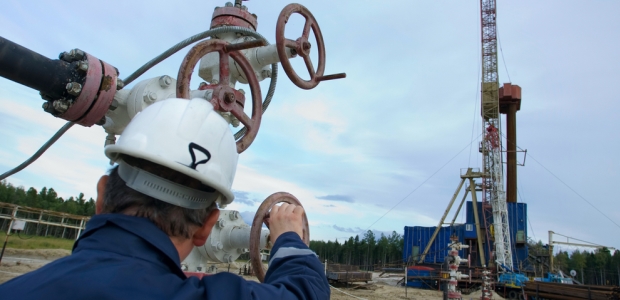
By Ed Ligus
Commitment to safe practices is required to optimize the protection that advanced technology affords workers.
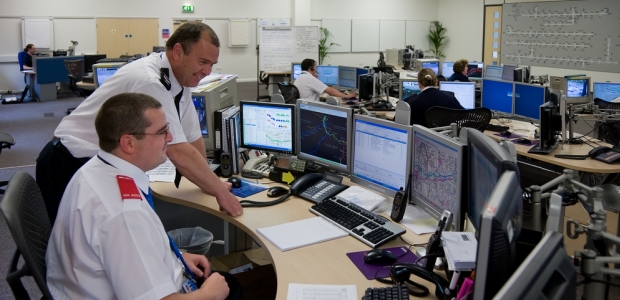
By Ted Milburn
Relying on just one method of message delivery during an emergency could result in a relatively large portion of the targeted audience not receiving the message.
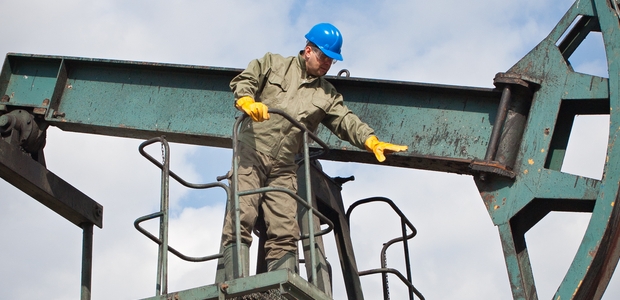
By Jay Skie
Protective apparel is evolving to increase worker safety and satisfaction alike.

By Gary M. Sharpe
Conducting Safe Zone drills and evacuation drills as required is a good measure of your company's safety program.
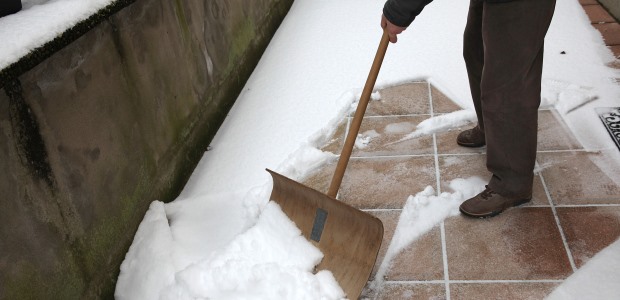
By Keith Bilger
Do employees understand the Adverse Weather Policy if you have one and know when it goes into effect?
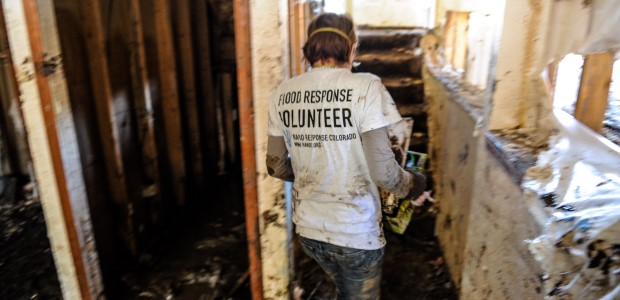
By Linda J. Sherrard
By providing basic "this is what you do and why" instructions, you help employees protect themselves.
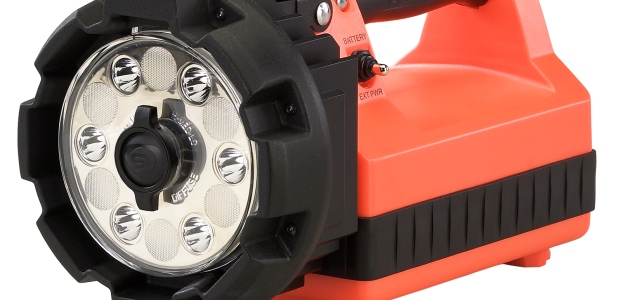
By Dawn Dalldorf-Jackson
When conducting safety training, don’t forget what could be the most important tool of all. New technology innovations are yielding important safety benefits.
By Robert Pater
You've got to fix the bones of a house before finishing carpentry and cosmetics.
By Jerry Laws
The NFPA report confirms the predicted 30 percent reduction since 2003 in deaths attributed to smoking-materials fires.
By
It is critical not to separate out a single level of leadership for development opportunities.